Paco de Lucía, born Francisco Sánchez Gómez on December 21, 1947, in Algeciras, Spain, is an immortal figure in the world of flamenco guitar. Revered as one of the greatest guitarists in history, his life was a mesmerizing journey through the intricate rhythms and passionate melodies of flamenco. From his humble beginnings in a family of flamenco enthusiasts to achieving global acclaim, Paco de Lucía’s biography is a testament to his unparalleled talent and dedication to his craft.
Early Life and Musical Roots:
Growing up in a family deeply rooted in flamenco, Paco de Lucía was exposed to the art form from a very young age. His father, Antonio Sánchez, was a day laborer and a guitarist, while his mother, Lúcia Gómez, was a singer. Paco was the youngest of five children, and his familial surroundings became the crucible where his musical journey began. At the age of seven, he received his first guitar, an instrument that would become an extension of his soul.
Paco’s early years were marked by an insatiable appetite for learning. He immersed himself in the traditional forms of flamenco, studying the works of legendary artists like Ramón Montoya and Niño Ricardo. His exceptional talent quickly became apparent, and he started performing publicly at the age of twelve. The local tablaos (flamenco clubs) became the testing grounds for his burgeoning skills, where he dazzled audiences with his virtuosity and innate understanding of flamenco’s complex nuances.
Formation of the Paco de Lucía Sextet:
In the late 1950s, Paco de Lucía formed a musical partnership with his brother Pepe de Lucía and flamenco singer Camarón de la Isla. This collaboration marked the beginning of a groundbreaking era for flamenco music. The trio was later joined by percussionist Rubén Dantas, bassist Carles Benavent, and guitarist Ramón de Algeciras, forming the iconic Paco de Lucía Sextet. This ensemble played a pivotal role in modernizing and popularizing flamenco, blending traditional forms with jazz and other genres.
International Recognition and Flamenco Fusion:
Paco de Lucía’s international breakthrough came with his album “Entre Dos Aguas” in 1971, a masterpiece that showcased his ability to fuse traditional flamenco with innovative elements. The title track, “Entre Dos Aguas,” became a global phenomenon, introducing flamenco to audiences far beyond Spain’s borders. Paco’s intricate fingerpicking, rhythmic mastery, and emotive phrasing left an indelible mark on the music world.
Throughout the 1970s and 1980s, Paco continued to experiment with flamenco fusion, collaborating with musicians from diverse backgrounds. His collaborations with jazz guitarist Al Di Meola and fusion guitarist John McLaughlin produced the critically acclaimed albums “Friday Night in San Francisco” and “Passion, Grace & Fire.” These collaborations showcased the universal appeal of Paco de Lucía’s artistry, transcending cultural boundaries.
Solo Career and Flamenco Innovations:
Paco de Lucía’s solo career flourished, marked by a series of groundbreaking albums that pushed the boundaries of traditional flamenco. His 1987 album “Siroco” is a testament to his ability to convey profound emotions through his guitar. Tracks like “La Cañada” and “Mi Niño Curro” showcase his virtuosity, while the album as a whole reflects his deep connection to the roots of flamenco.
One of Paco’s most remarkable innovations was his introduction of the Concierto de Aranjuez by Joaquín Rodrigo into the flamenco repertoire. His adaptation of this classical masterpiece demonstrated his ability to seamlessly blend different genres while preserving the essence of each.
Personal Challenges and Growth:
Despite his musical successes, Paco de Lucía faced personal challenges, including the tragic death of his brother Ramón in 1992. This loss deeply affected him, leading to a period of reflection and withdrawal from the public eye. However, Paco emerged stronger, embracing a more introspective and traditional approach to flamenco.
Later Years and Legacy:
In the final phase of his career, Paco de Lucía continued to captivate audiences with his unparalleled skill and artistry. His 2004 album “Cositas Buenas” received widespread acclaim, earning him a Latin Grammy for Best Flamenco Album. His collaboration with renowned flamenco singer Diego El Cigala on “Callejón del Muro” further solidified his legacy.
Tragically, Paco de Lucía passed away on February 25, 2014, at the age of 66. His death marked the end of an era for flamenco, but his influence continues to reverberate through the strings of countless guitars worldwide. Paco’s legacy lives on not only in his extensive discography but also in the generations of musicians he inspired to push the boundaries of flamenco and redefine the possibilities of the guitar.
Conclusion:
Paco de Lucía’s biography is a narrative of passion, innovation, and a profound connection to the soul-stirring art of flamenco. From his early days in Algeciras to his global acclaim, Paco’s journey is a testament to the transformative power of music. His legacy endures not only in the records he left behind but in the hearts of those who continue to be moved by the timeless beauty of his guitar playing. In the realm of flamenco, Paco de Lucía remains an eternal maestro, a guiding light whose influence will resonate through the strings of guitars for generations to come.


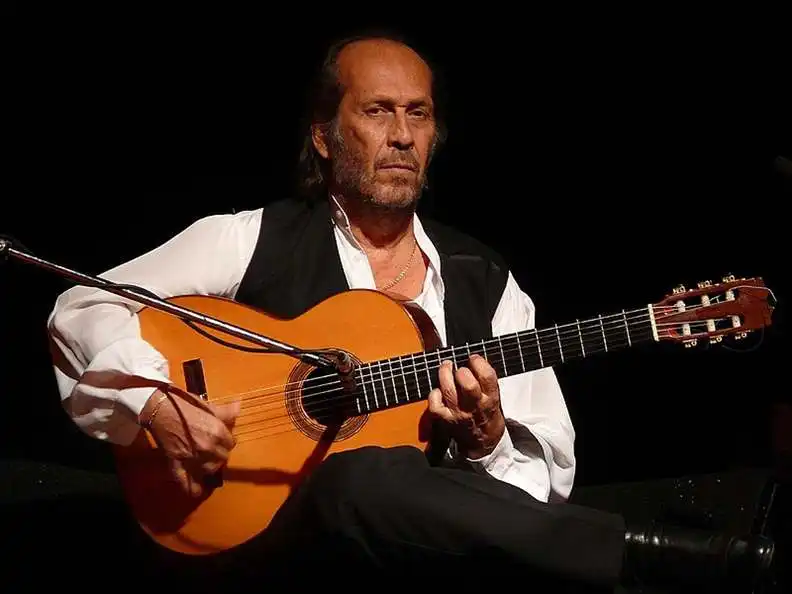
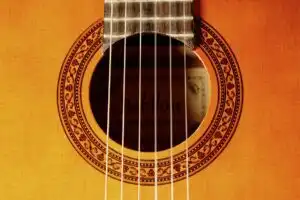

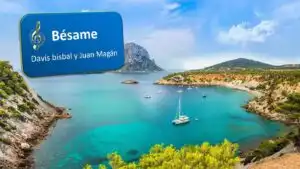


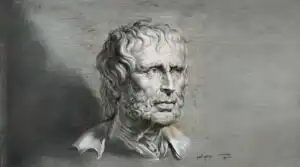


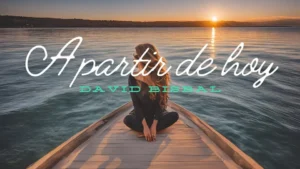

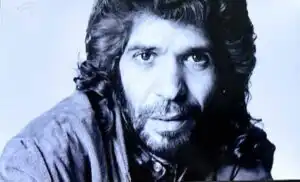
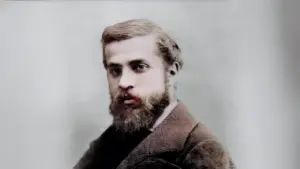

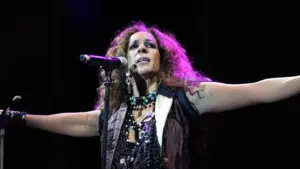
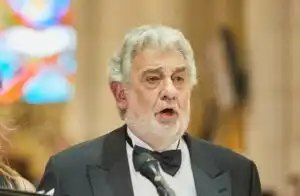

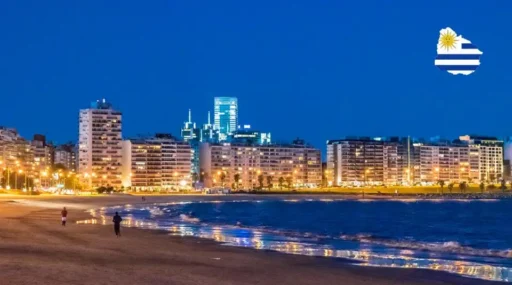
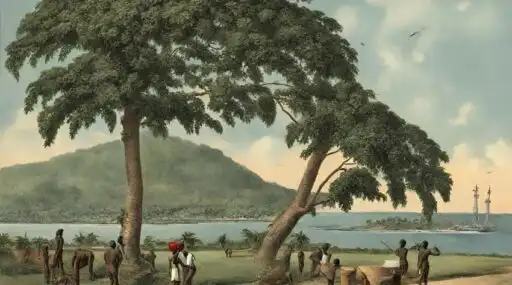

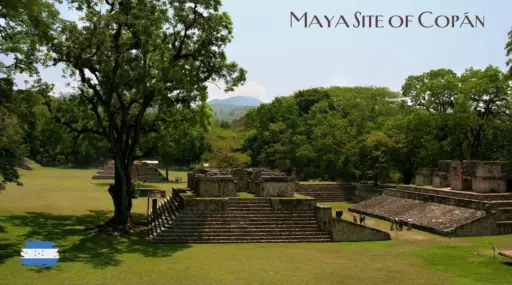
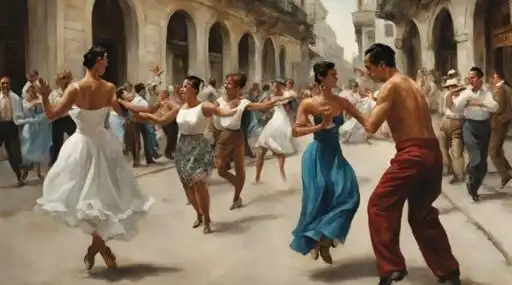
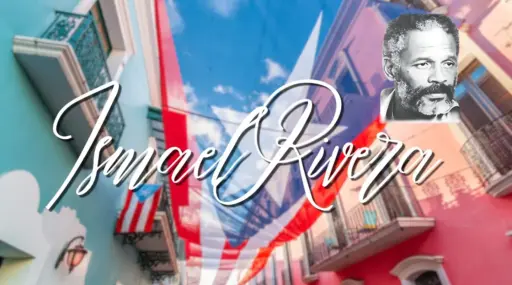

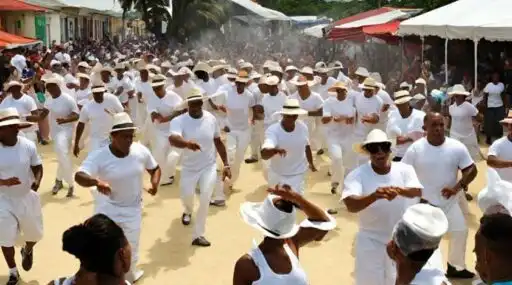




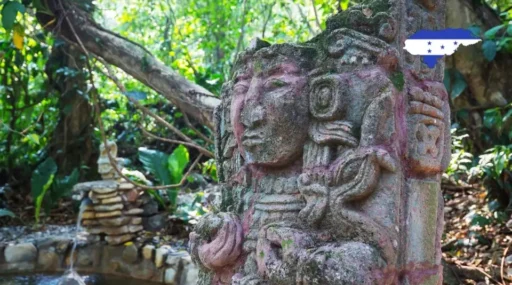
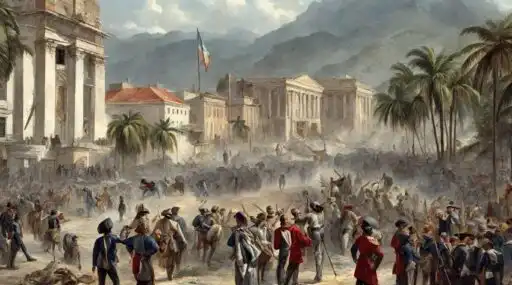
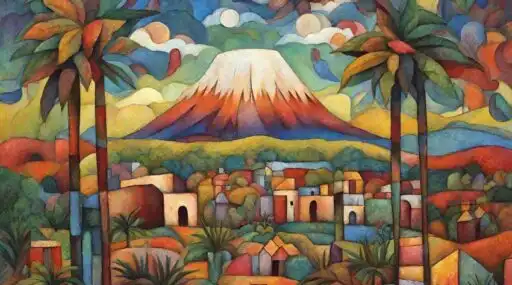
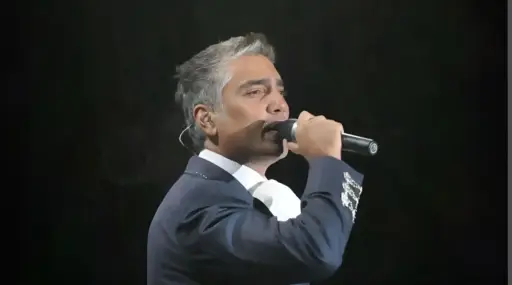



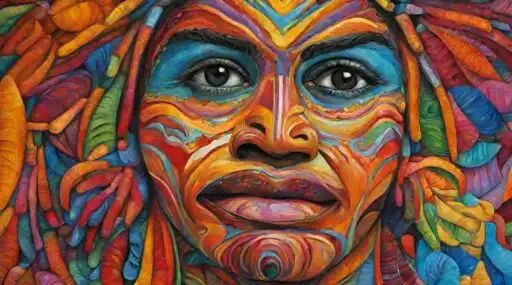
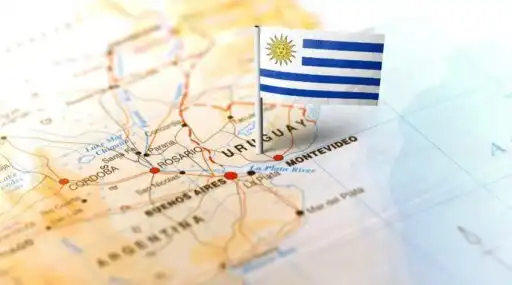
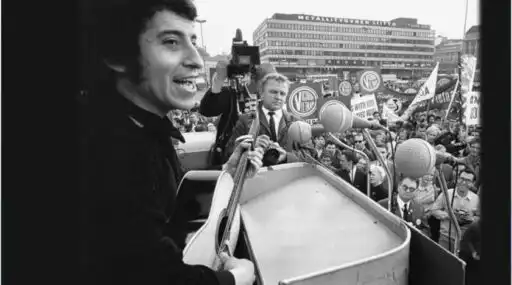
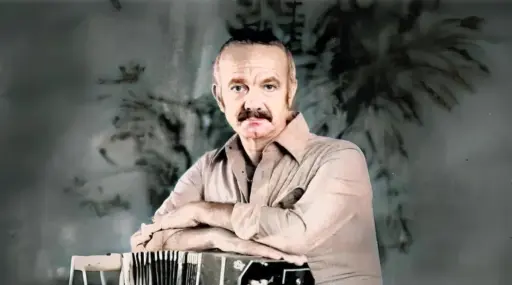
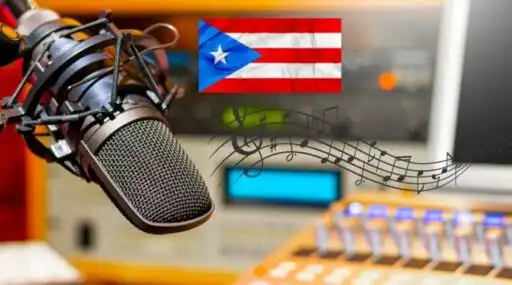




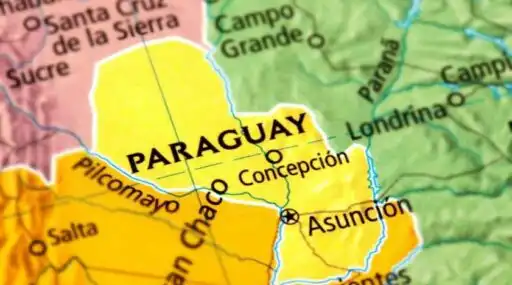
Leave a Reply